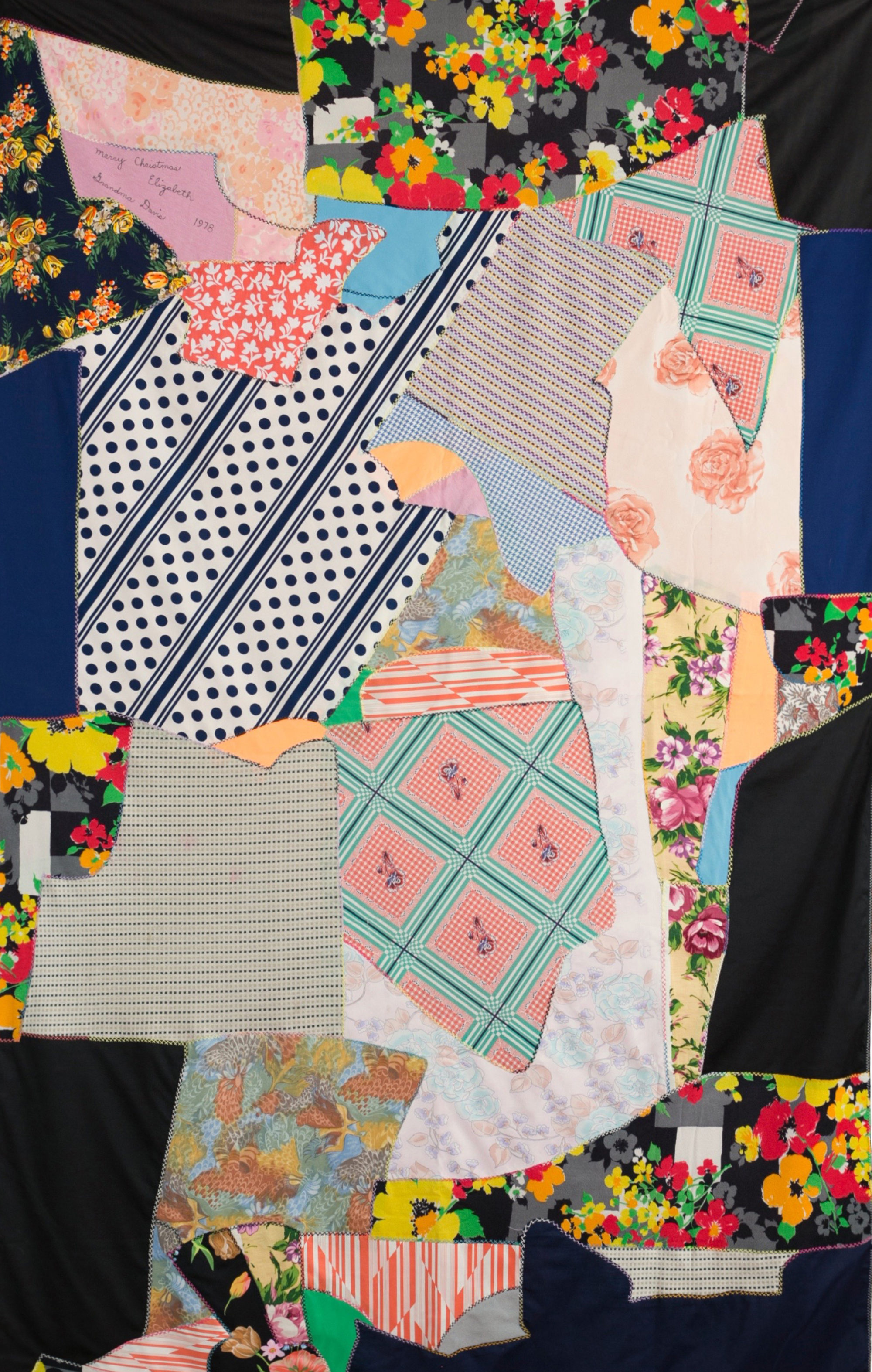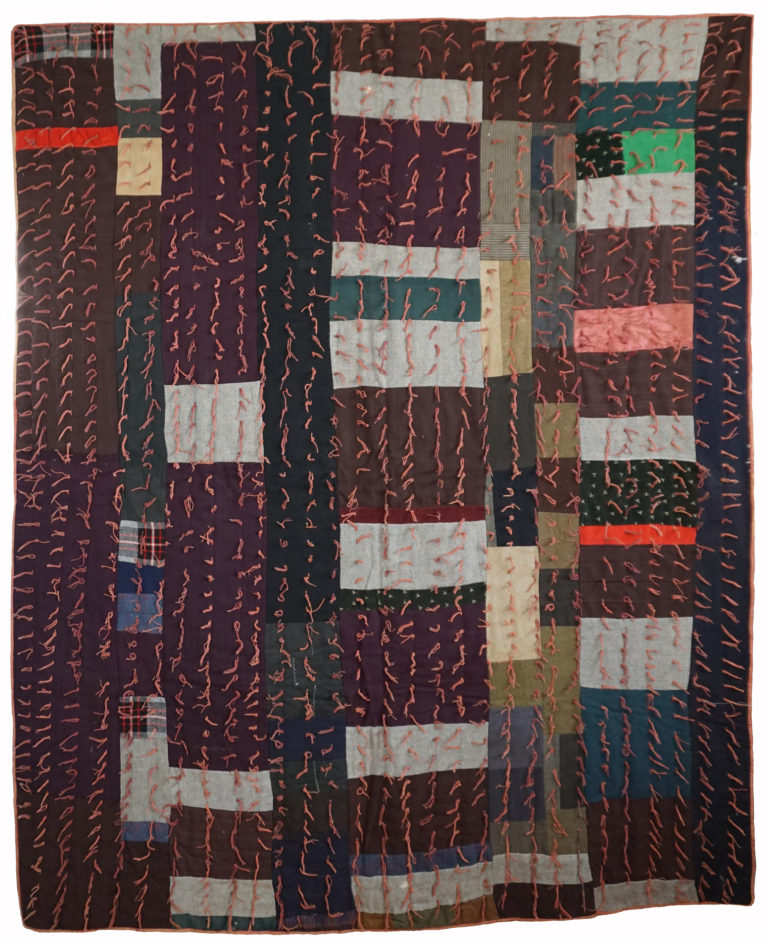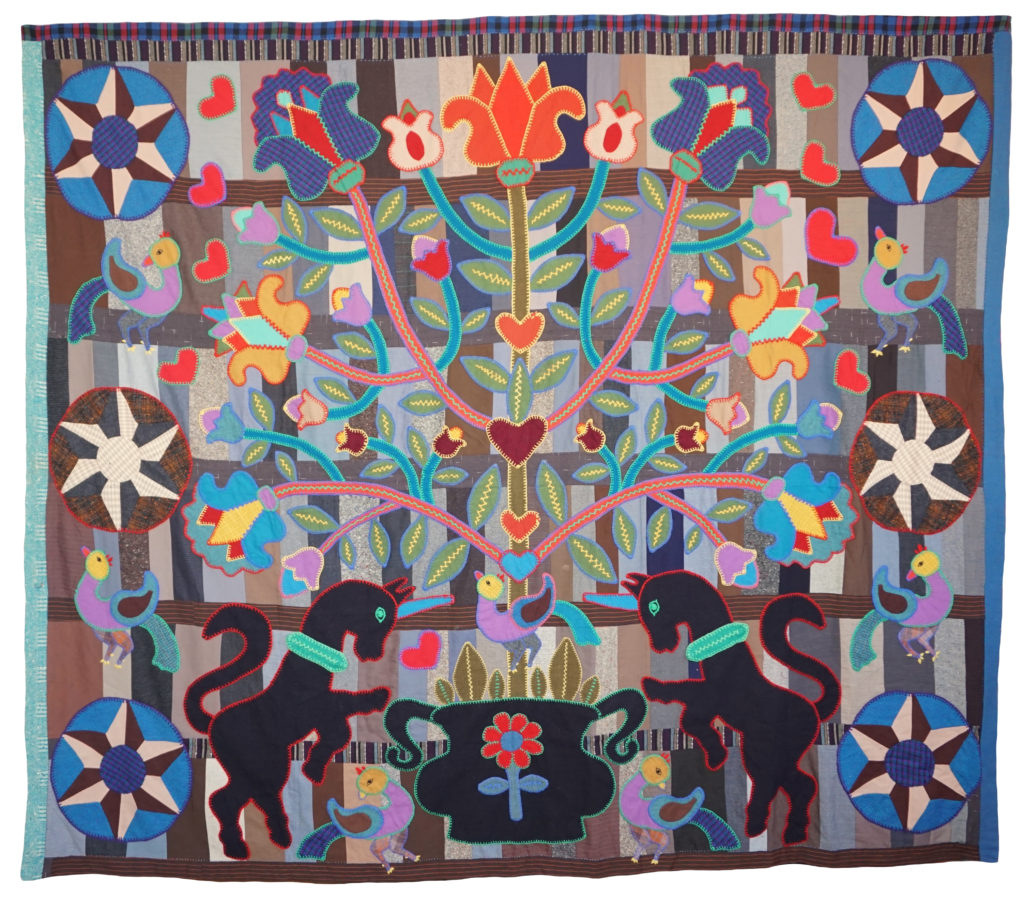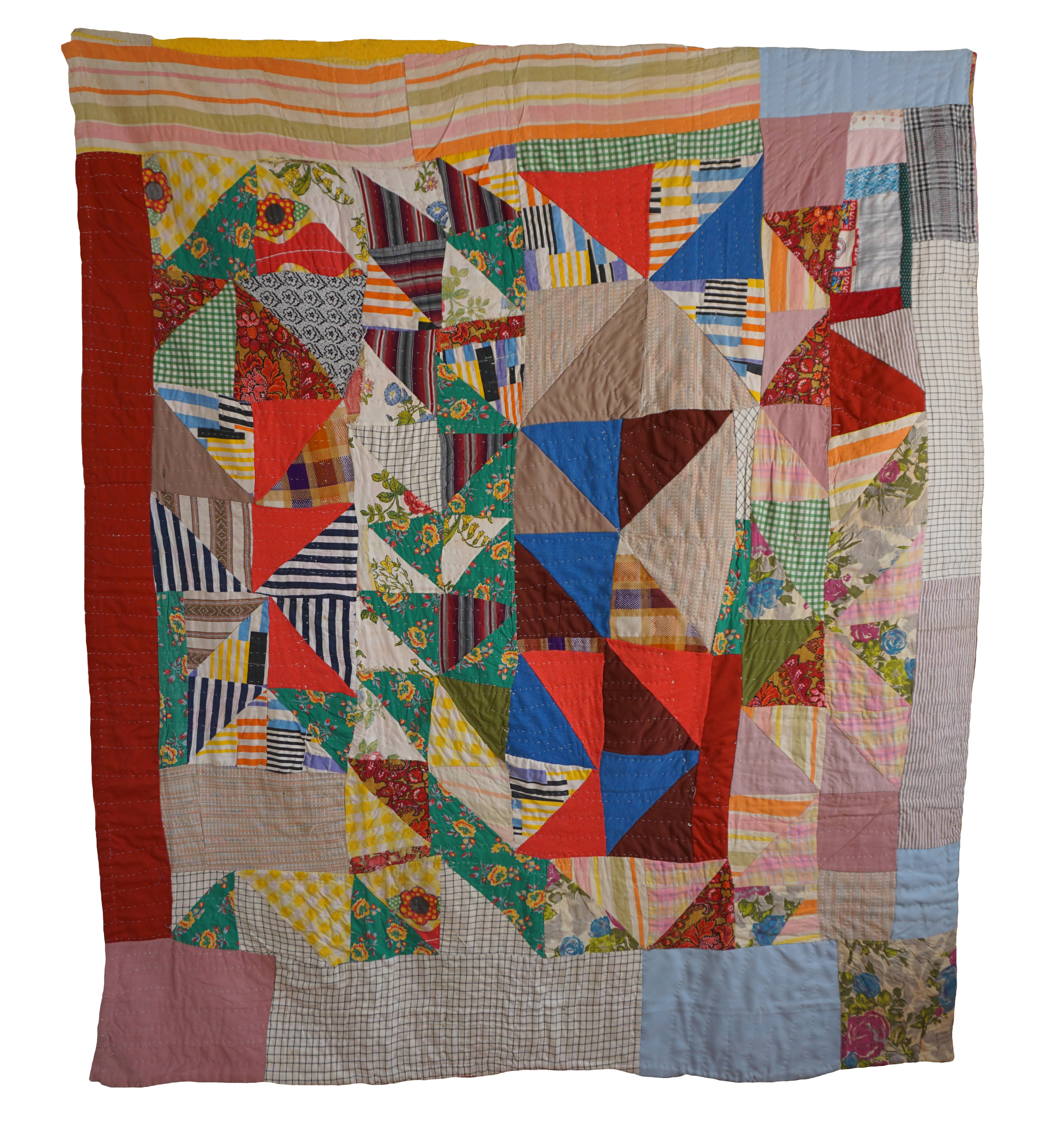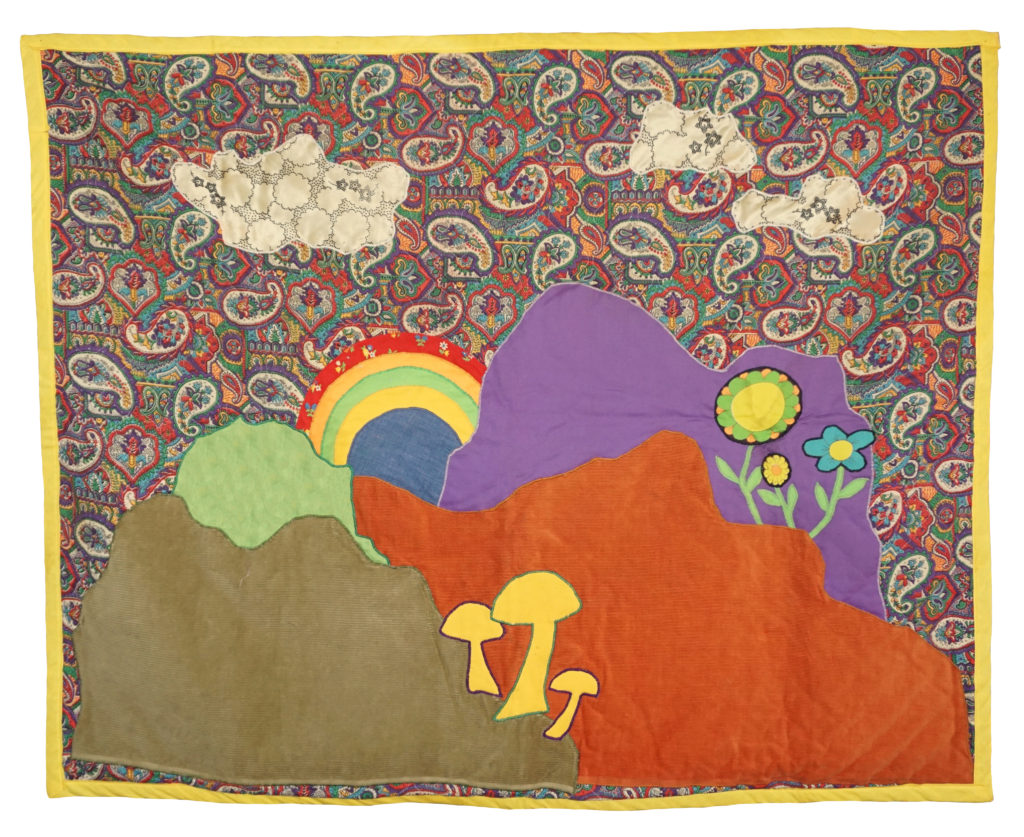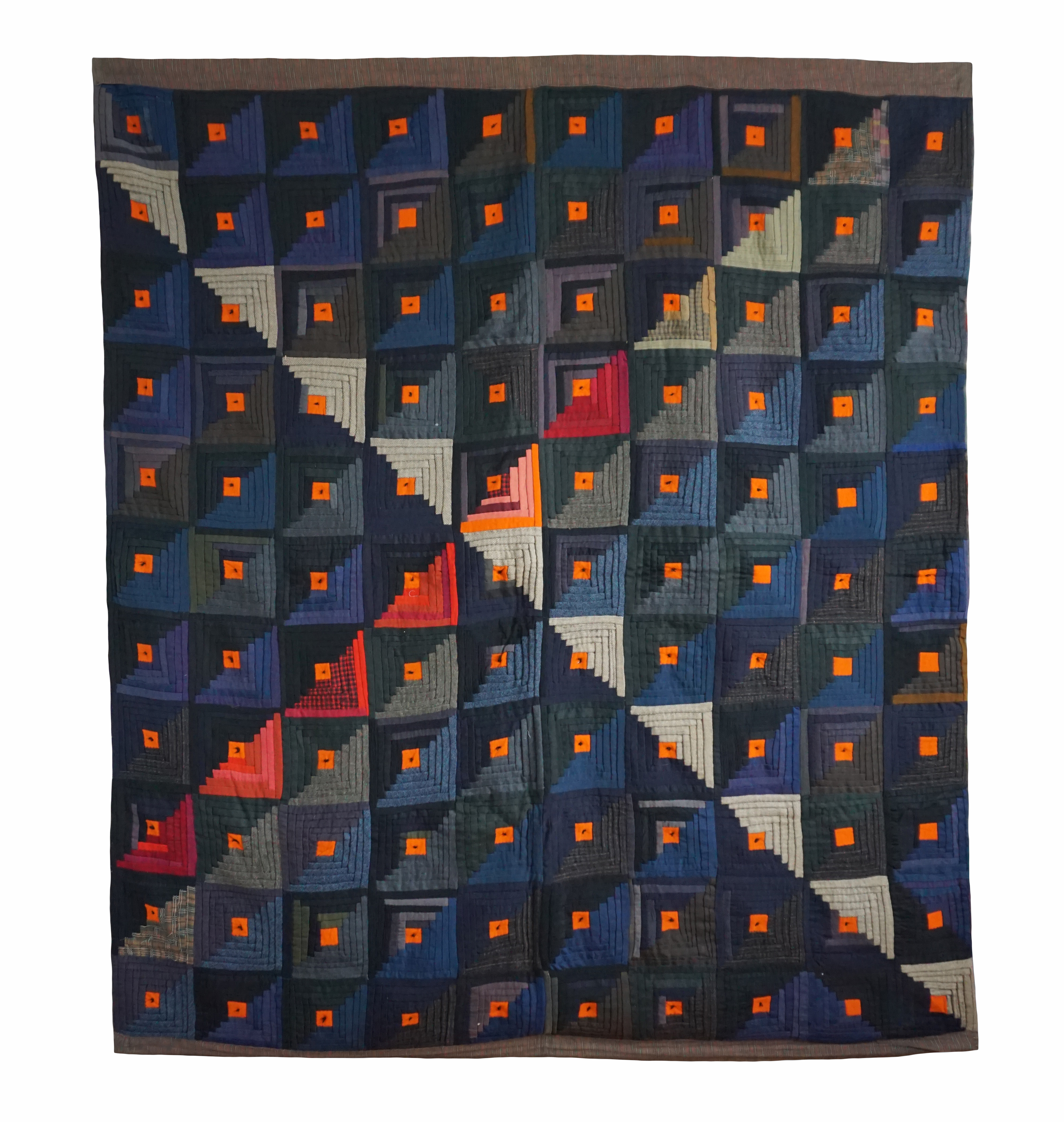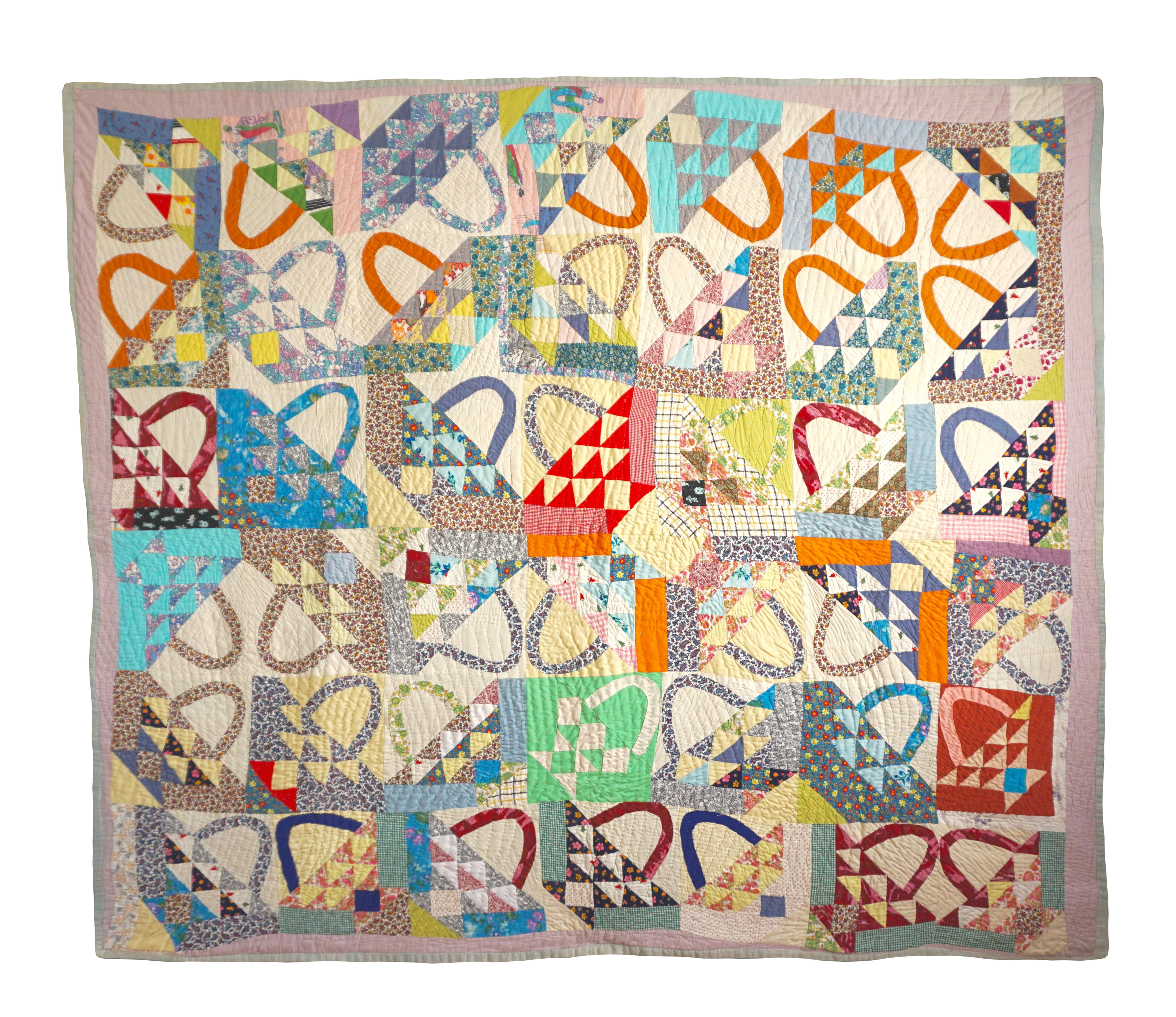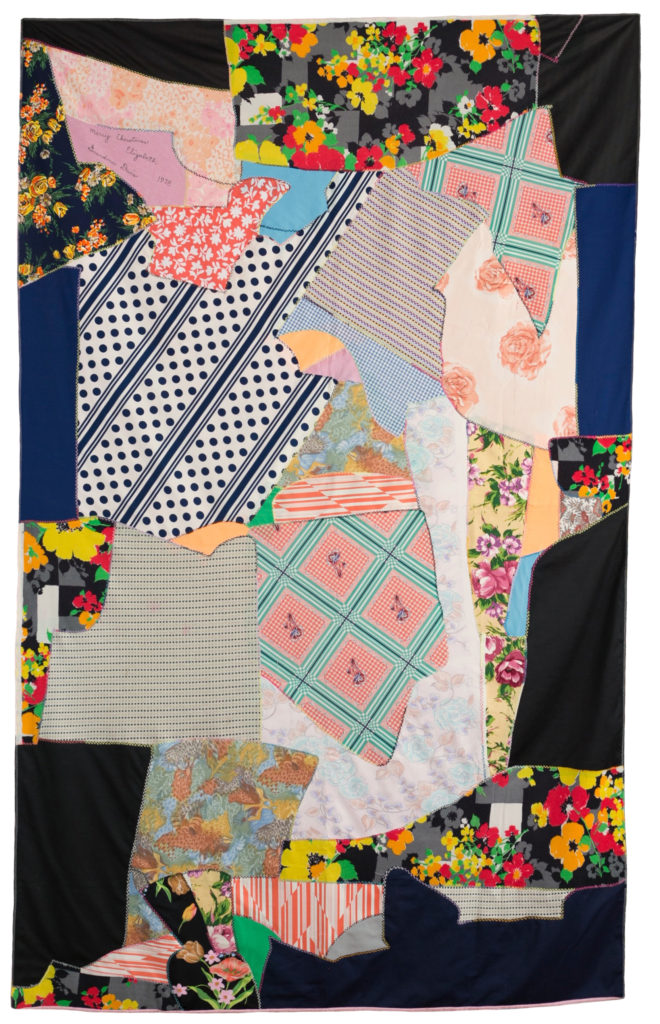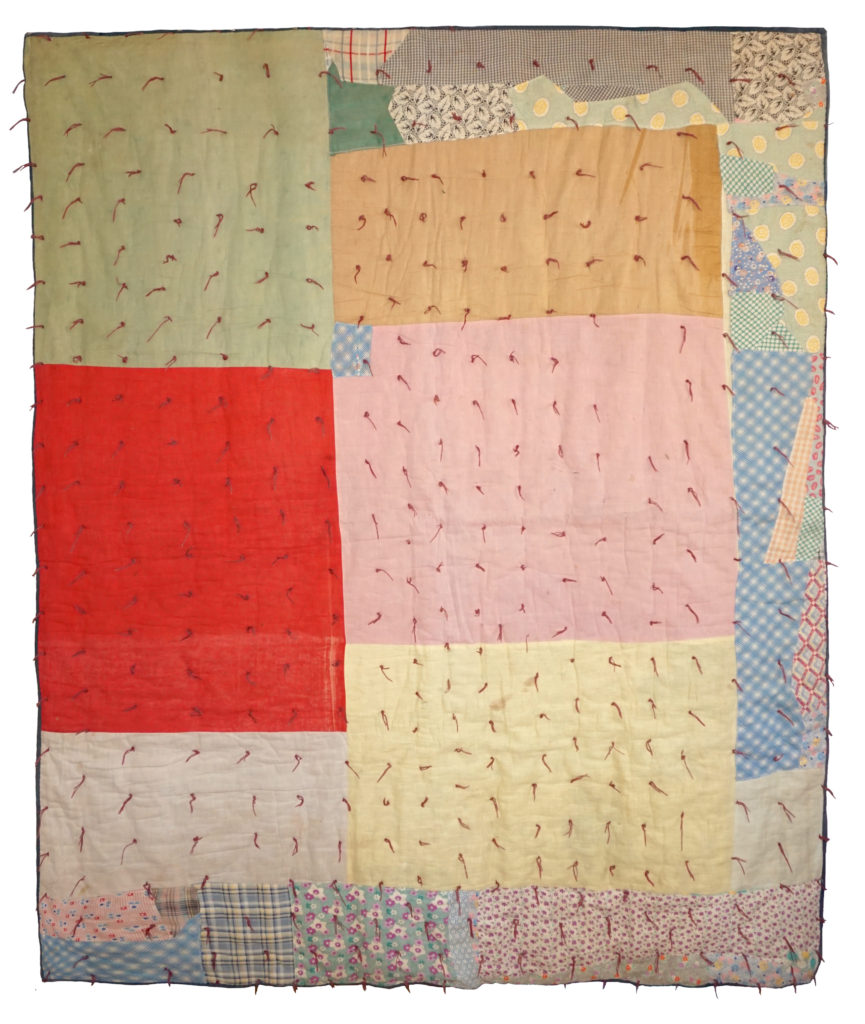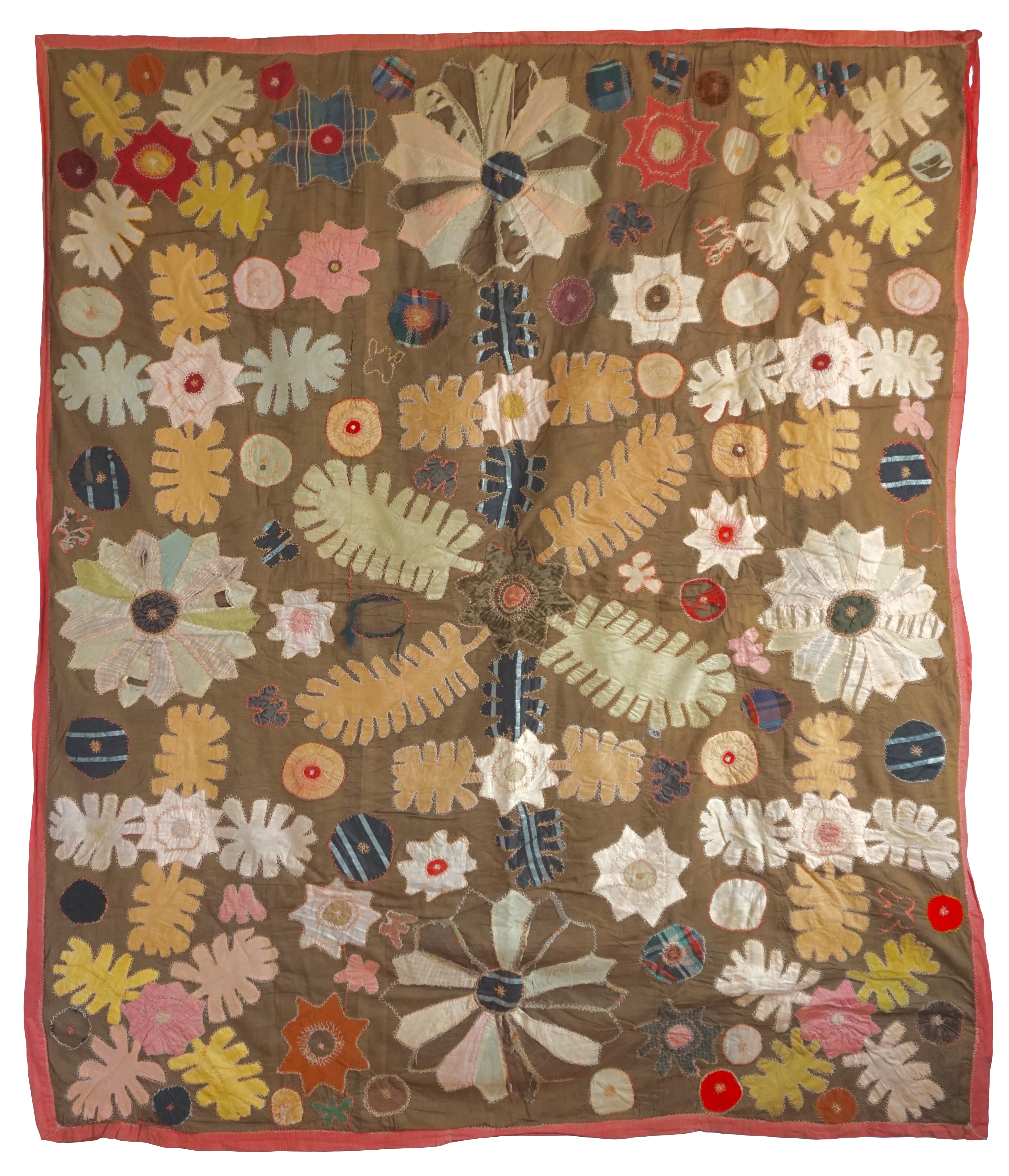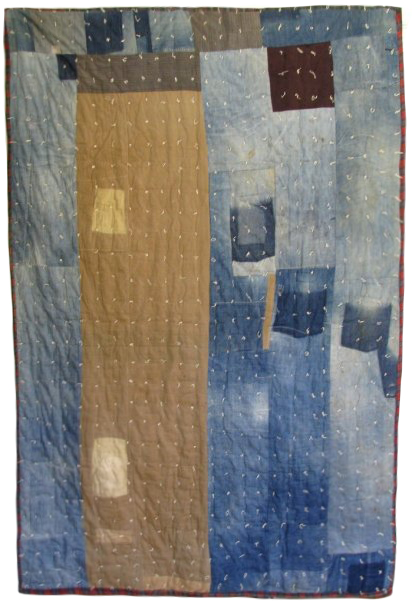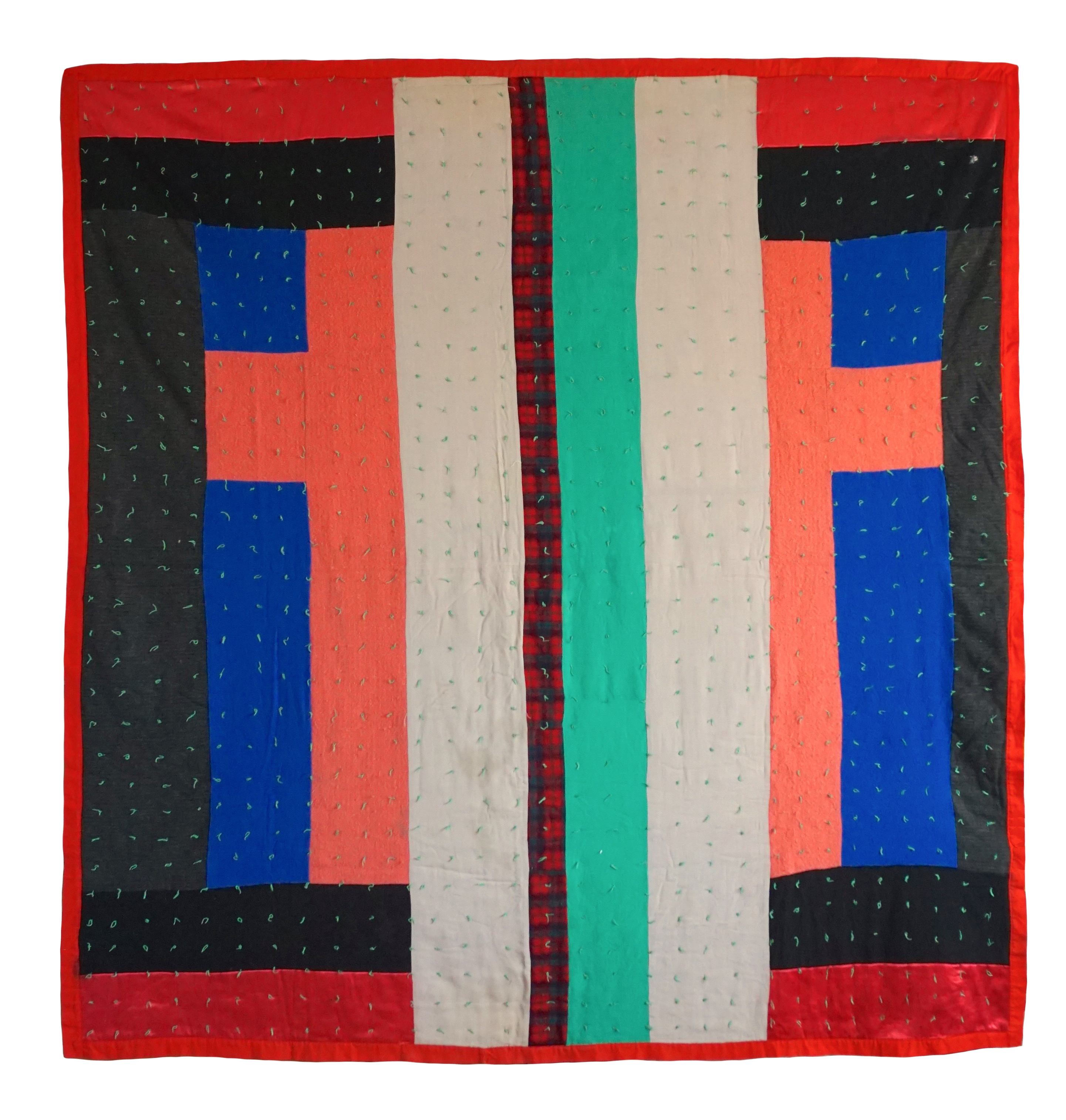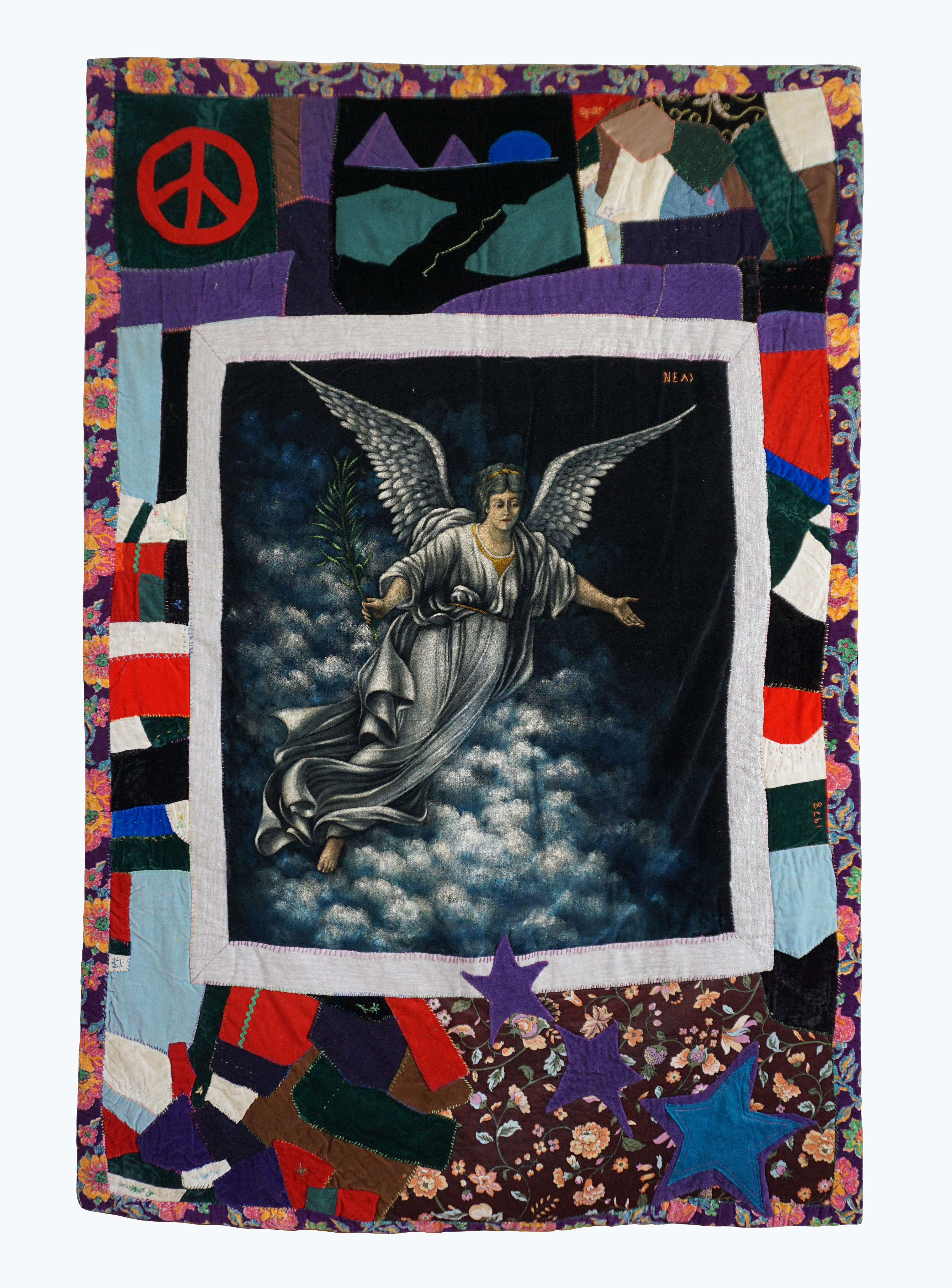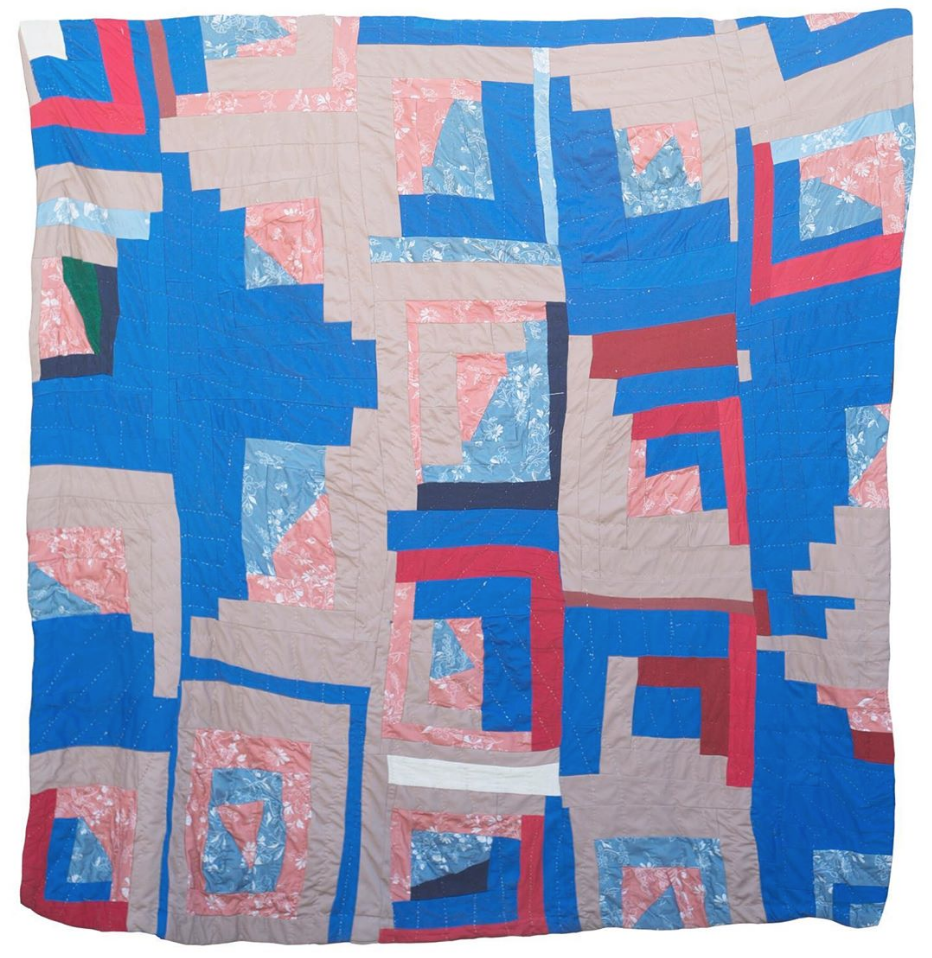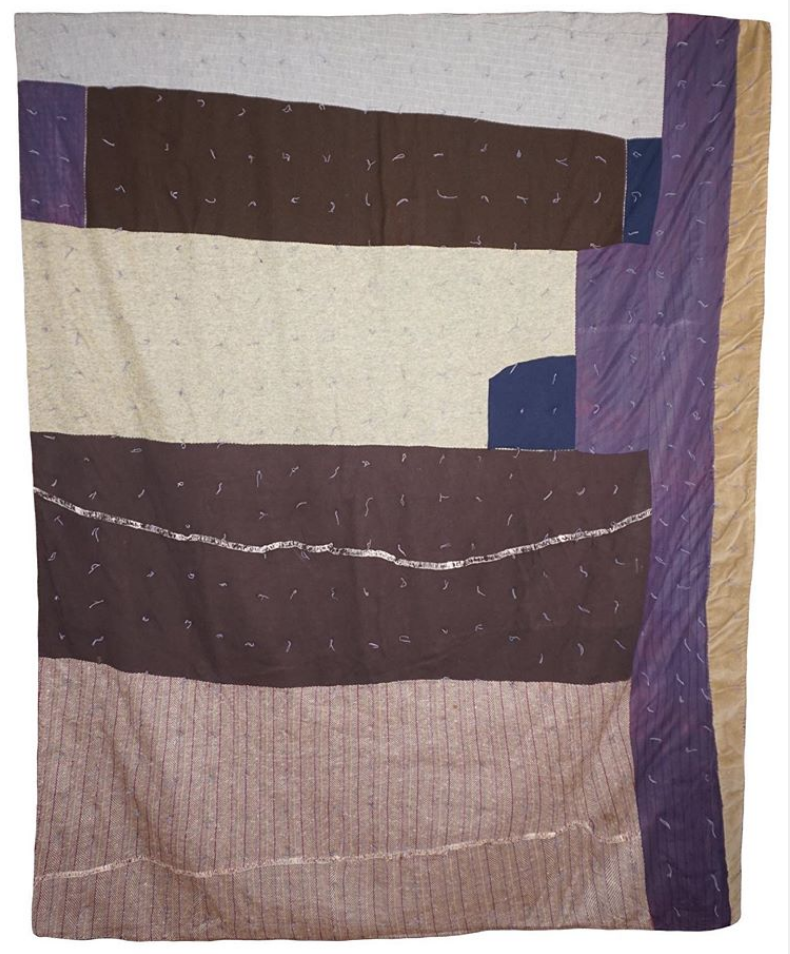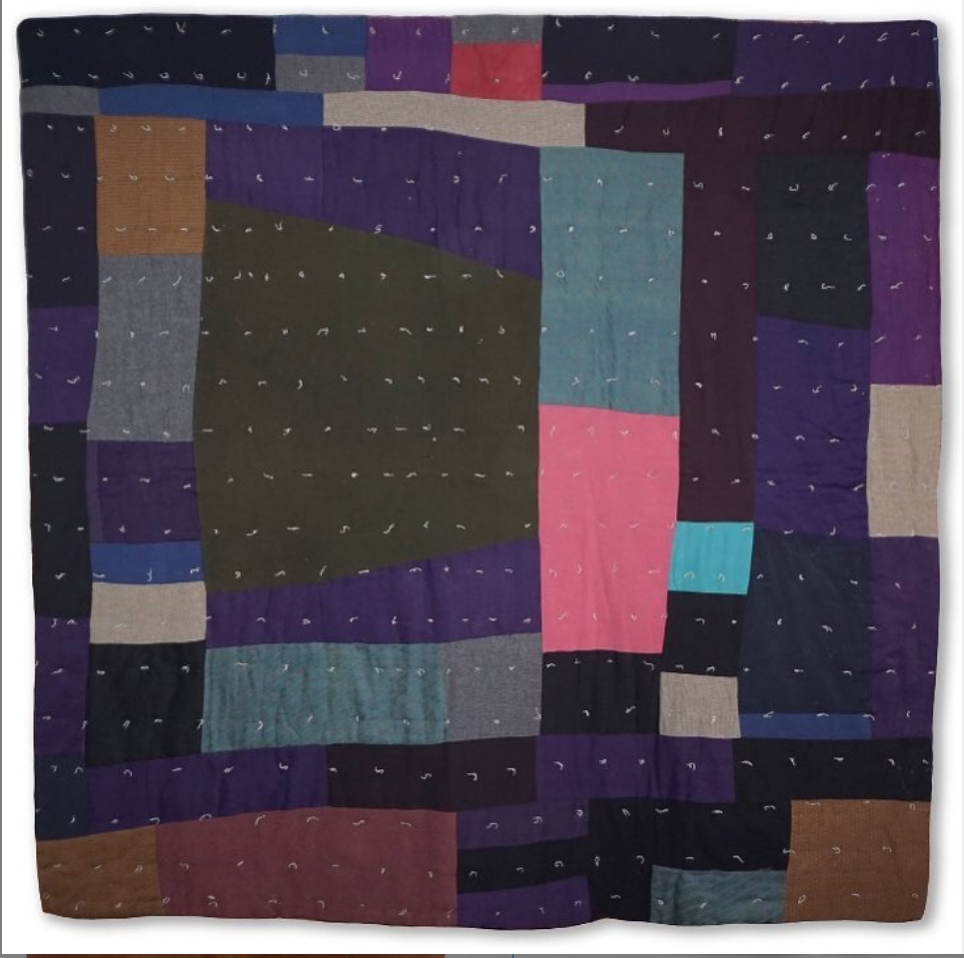about

There are many antique and vintage American quilts that are signed and dated by their makers. But most are anonymous, found unsigned and disconnected from their families of origin. This anonymity holds across class, race and geography for the vast majority of quilts found in small shops and flea markets, at auctions both online and in communities.
The lack of signatures or known makers of most quilts creates, in a sense, one body of domestic creative work, a product of women collectively. That body of work is what this website reflects upon and celebrates.
I started collecting quilts around 2000, and currently have around 300. I’ve created this website as a venue for publicly sharing my collection and thoughts about American quilts. Please weigh in with your knowledge or ideas about quilts, as I share my collection and thoughts on this site in the coming years.
Find my current quilts on Instagram, @mrchili9.
~Marjorie Childress, 2017
the childress collection
The Childress Collection contains approximately 300 quilts collected by Marjorie Childress since 2000, and continues to grow. You can find the quilts and Marjorie in Albuquerque, New Mexico. The emphasis is 20th century, but there are some older quilts as well, the earliest created in 1824.
The collection is principally organized through the lens of design and narrative, with an emphasis on improvisation, culture, and remembrance. Groupings include quilts of the 1960s-1970s, and quilts made of clothing, wool, and denim, often patched.
A few of the quilts have been included in several notable books in recent years, including:
Four quilts featured in Unconventional & Unexpected: American Quilts Below the Radar, 1950-2000 by Roderick Kiracofe. Two quilts from the collection are featured prominently, one on the back cover, and one–affectionately known as the “cow quilt”–on the back dust jacket of the book. Kiracofe later featured the cow quilt in an exhibit at the San Jose Museum of Quilts, called Found/Made, along with one other quilt from the collection.
One quilt featured in the Second Edition of American Quilts: The Democratic Art by Robert Shaw.
The 1975 Equality Quilt Top is featured in Quilts and Human Rights from Marsha MacDowell, Mary Worrall, Lynne Swanson, and Beth Donaldson, published by the University of Nebraska Press. This quilt top is an epic example of how the women’s movement infused the quilt revival of the 1970s.
One quilt featured in Modern Quilts: Designs of the New Century by the Modern Quilt Guild.
I regularly curate from the collection on Instagram, @mrchili9.
A few notes
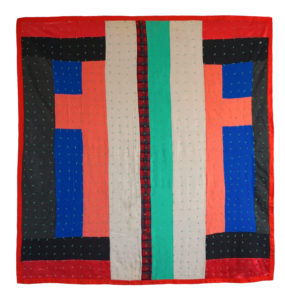 Pronouns: “She” is used as the default pronoun rather than “he”, with acknowledgement that men have also historically produced quilts.
Pronouns: “She” is used as the default pronoun rather than “he”, with acknowledgement that men have also historically produced quilts.
Dates: Quilts are given approximate dates based on research, experience and in some cases memory of fabric, construction, and motifs. Generally speaking, consider a quilt made within a 10 year period on either side of the date given. And please be in touch with your thoughts about the date of a quilt.
Ethnicity: A quilt is labeled with ethnic origin if information about the ethnicity of the quilt maker was gleaned in a context in which there was no profit potential. After a purchase is made, inquiries are generally made about any identifying information about the quilt maker. In a few cases, a quilt was attributed to an African American quilt maker or was purchased from an African American estate. In those cases, the quilt is labeled as African American. I do this because to do otherwise is to erase the work of women of color.
Copyright: The original images and other content contained on this website are licensed under a Creative Commons Attribution-NonCommercial-NoDerivatives 4.0 International License.
If you wish to share an original image from this website, please credit it to The Childress Collection, or link the image back to this website.
gallery
Click on each image for more about the quilt. More quilts are included in the reading room.
Copyright: The original images and other content contained on this website are licensed under a Creative Commons Attribution-NonCommercial-NoDerivatives 4.0 International License.
If you wish to share an original image from this website, please credit it to The Childress Collection, or link the image back to this website.
